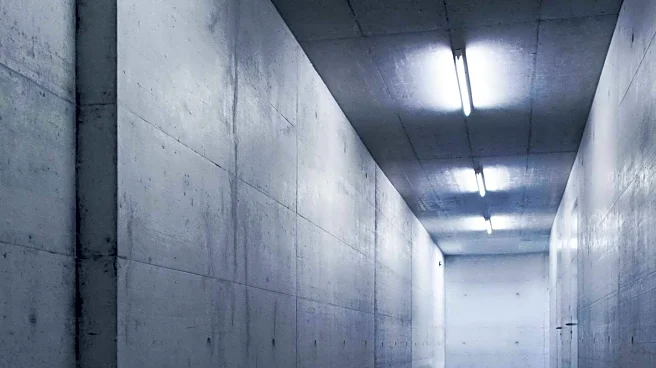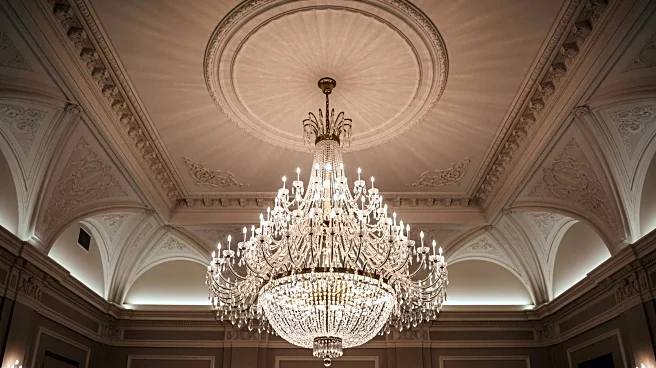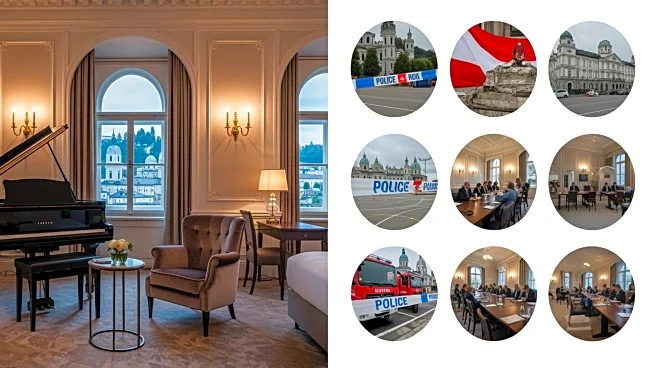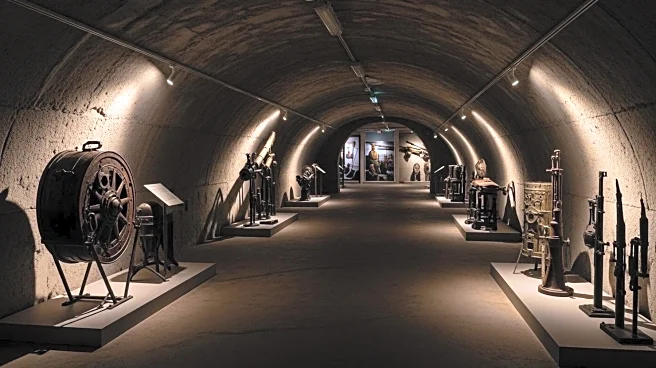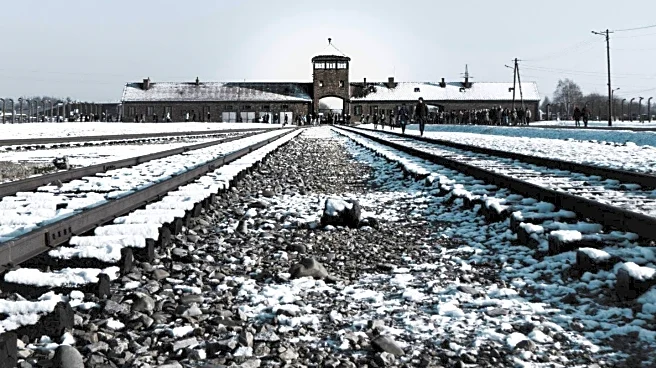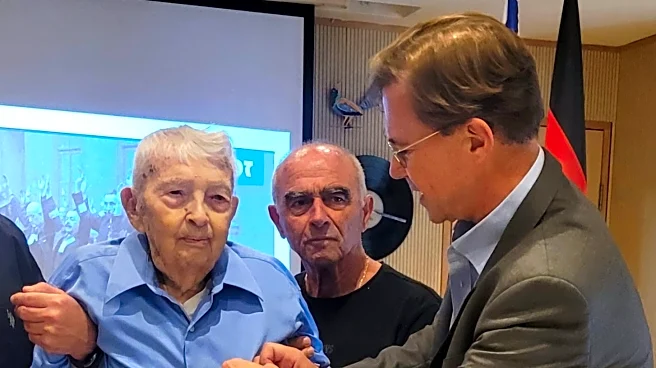What's Happening?
A network of underground tunnels in Poland, originally constructed by Nazi Germany, has been transformed into a museum. Known as Festungsfront Oder-Warthe-Bogen or the Ostwall, these tunnels were intended to fortify Germany's eastern frontier before World
War II. Although the project was never completed, the tunnels are now part of the Międzyrzecz Fortified Region Museum, offering visitors a glimpse into the past with recreated scenes of life underground during the Third Reich. The museum, which opened in 2011, features mannequins in uniform and various facilities that were designed for long-term habitation by soldiers.
Why It's Important?
The transformation of these tunnels into a museum serves as a significant historical and educational resource, providing insights into the military strategies and architectural ambitions of Nazi Germany. It also highlights the shift from a site of war to a place of learning and remembrance. This development is important for preserving history and educating future generations about the complexities of war and its impact on societies. The museum attracts tourists interested in dark tourism, contributing to the local economy and promoting cultural heritage.
What's Next?
The museum continues to expand its offerings, potentially increasing its role as a major tourist attraction in Poland. As interest in historical sites grows, the museum may introduce new exhibits or interactive experiences to enhance visitor engagement. Additionally, ongoing preservation efforts will ensure the site's longevity as a historical landmark.
Beyond the Headlines
The tunnels have also been a site for cultural activities, such as raves and weddings, reflecting their unique place in local history beyond their military origins. This aspect underscores the adaptability of historical sites in serving contemporary cultural needs while preserving their historical significance.
